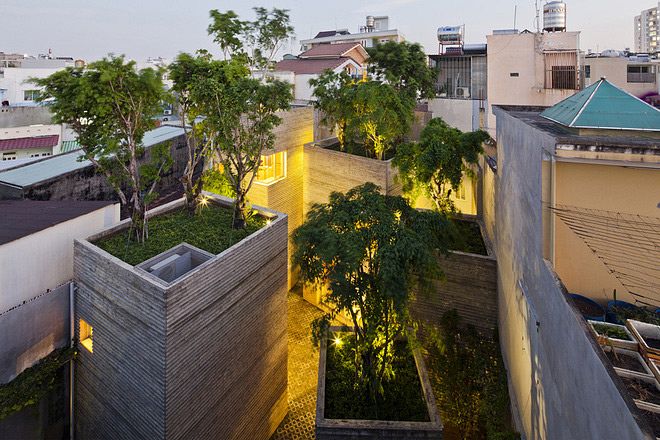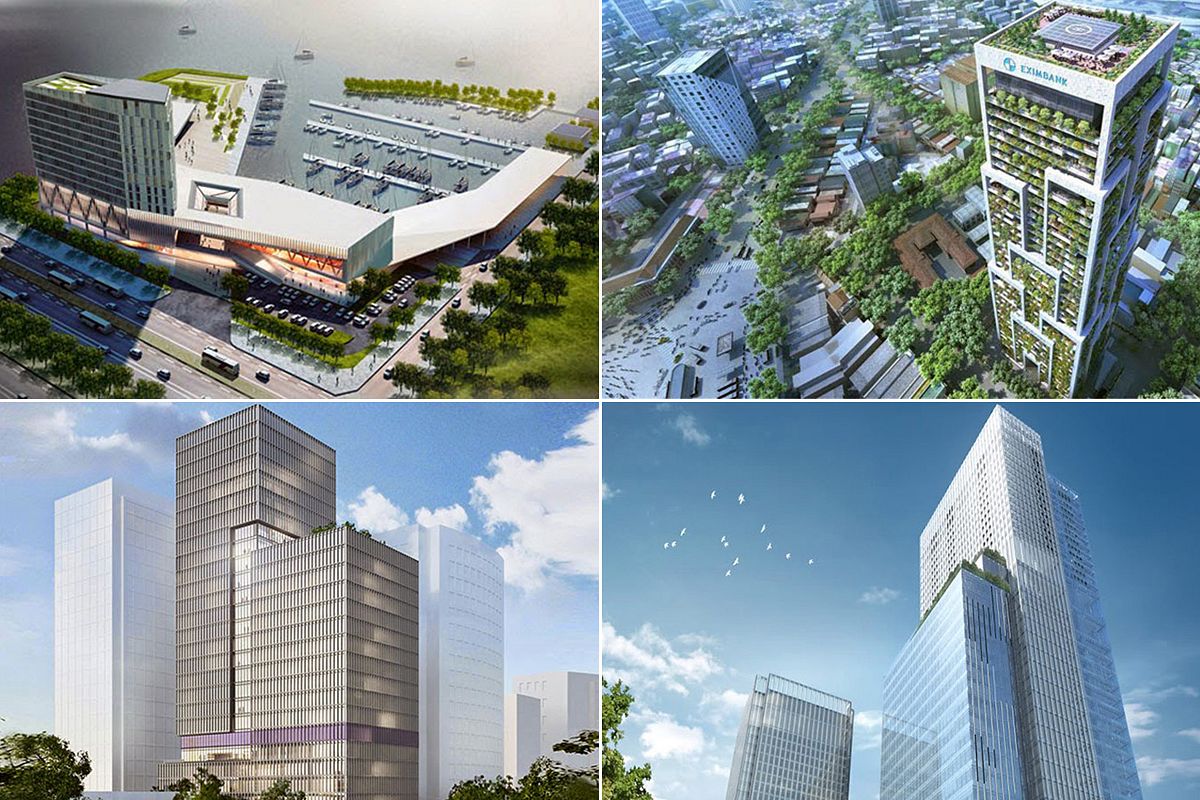Saigoneer is proud to be the media sponsor of the Hà Nội: CAPITAL City photo book. Over the course of the next few weeks, we’ll be giving you an overview of the book's fantastic photos and stories. Today, we’ll take a closer look at the final chapter: Soul of the capital city.
Related Articles:
- Hà Nội: CAPITAL City - Urban Transport
- Hà Nội: CAPITAL City - The Capital City From Above
- Hà Nội: CAPITAL City - Change Over Time - Part 1

Hanoi is like its traffic - it moves fast, it moves forward, it moves in every direction at the same time. There is not much use for rear mirrors. There’s no time to look back, stop, wait, to stand in line.

Hanoi is like Vietnamese coffee: First it drips slowly, hesitantly through the filter, but when you look closer, it kicks in stronger than you would have imagined and takes your breath away. Sometimes it’s sweet, sometimes it’s bitter, but it’s never bland.

The city seems determined to blend contradictions into a yin-yang harmony. Roosters and Jackhammers. Smartphones and conical hats. Incense sticks and Christmas decorations. A friendly smile and an ear-piercing honk. A carefree game of badminton in the middle of a busy street. Billboards in rice fields. Ho Chi Minh and Burger King, Hammer and sickle and Kentucky Fried Chicken. Uniqueness copied a thousand times over. Flavor and stench. Tradition and change.

Hanoians are on the move. They stack their optimism meters high on the back of their motorbikes. They want to reach for the stars today because tomorrow has always been uncertain. It would be presumptuous to say that I know or understand Hanoi completely. I probably never will, but that keeps the love alive. Hanoi remains mysterious, as inscrutable as those tangled power lines above its streets. Nothing seems to make sense, and then it all falls into place all the same.

This city embraces you, swallows you, and then it spits you out and asks you: “what do you want from me?”

Anemi Wick from Switzerland has travelled around Vietnam and Southeast Asia since early 2009. She has been a journalist, writer, video maker, editor, media consultant, video game translator, tour guide, cartoonist, student, teacher, expert and beginner, and she likes to get lost and to move in all directions. She studied Teaching, Sociology, Journalism and Multimedia and is author of the book 'Fettnäpfchenführer Vietnam: Wo der Büffel zwischen den Zeilen grast'.
In Ho Chi Minh City, the book is available at all Artbook stores, at the War Remnants Museum and also at the international airport terminal. In Hanoi, the book is available at Infostone bookshop, at the larger shops of Hanoi Book Company, at Bookworm, at Golden Bookshop and the bookshop of Ho Chi Minh Museum.
Bibliographical Information:Waibel, M. (ed.) (2015) Hà Nội: Capital City. Sách ảnh / Fotobuch / Photo Book. 1st edition. Fine Art Publishing House, Hanoi, Vietnam, 308 p. ISBN 978-604-78-1965-2.














